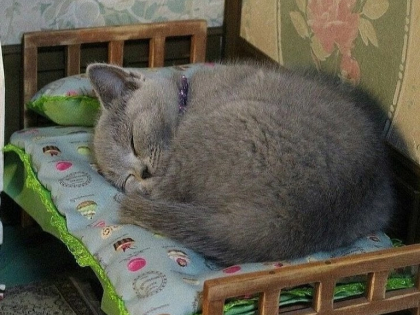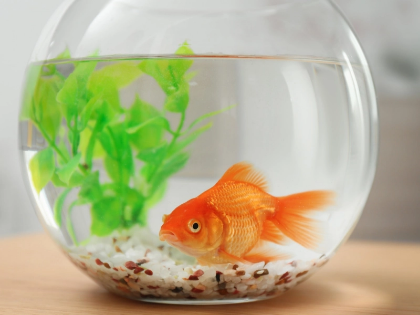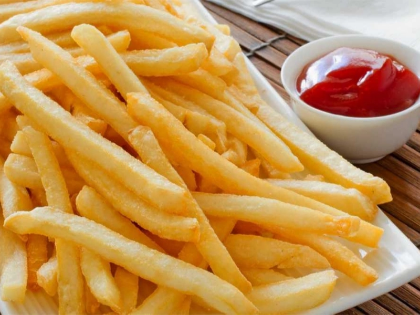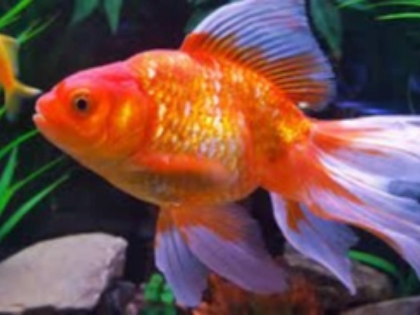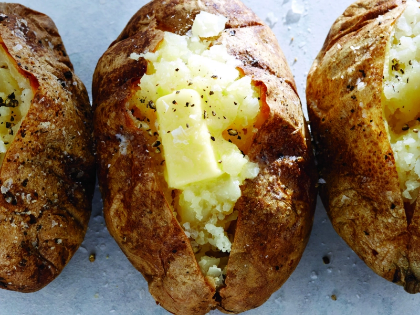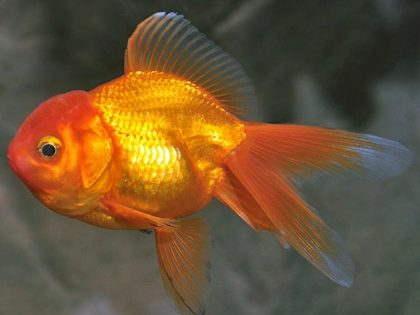The most common pet fish kept in aquariums and backyard ponds are goldfish, scientifically known as Carassius auratus. They belong to the Cyprinidae family and order.
In China, they were first bred domestically from food carp more than a thousand years ago. Numerous "fancy" breeds with various body forms, colours, and fin kinds have been created through centuries of breeding.
Origin
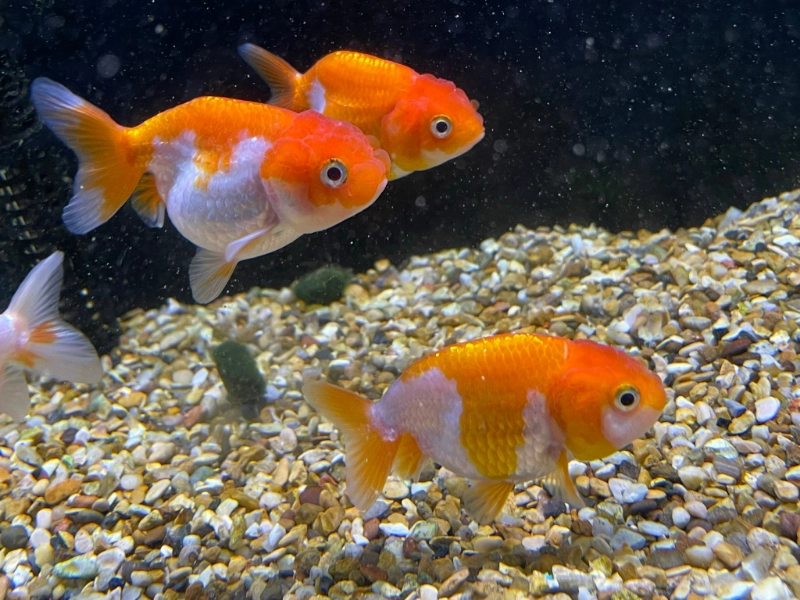
Advertisement
Over a thousand years ago, in China, food fish were first tamed to create goldfish. They are currently among the most popular aquarium fish available. Many varied colours, extreme body shapes, fin types, and eye configurations have all been developed via selective breeding. The common, comet, ranchu, oranda, shubunkin, jikin, wakin, and lionhead goldfish are among the major varieties.
In pond environments, they may reproduce quite quickly. Males chase females until they release their eggs, which the male then fertilises. Some highly selectively bred goldfish must be manually stripped, which is not advised and can be harmful to the fish because they are unable to reproduce normally due to their unusual morphology.
Goldfish can endure brief durations of fully anoxic circumstances, or situations where the water's oxygen content is extremely low. By reducing their metabolic rate and effectively hibernating, they can achieve this.
Habitat
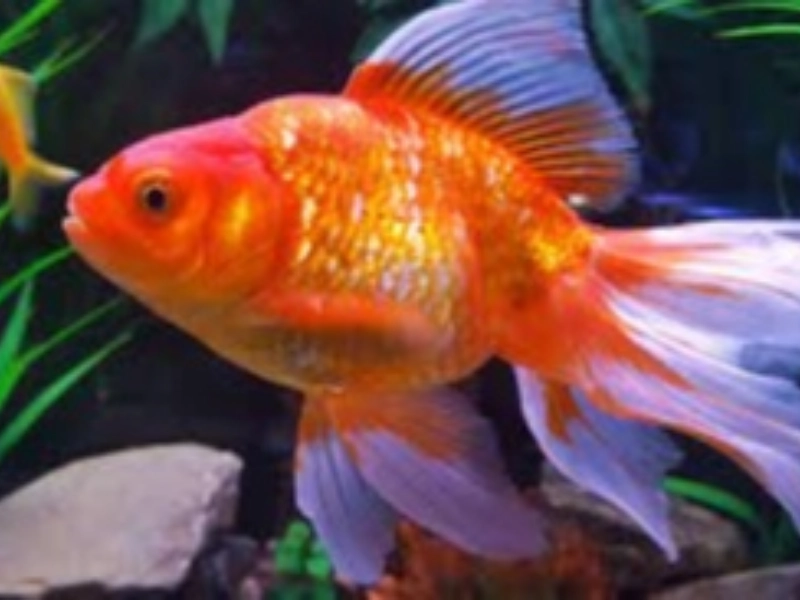
It is common practice to introduce goldfish (Carassius auratus) to still bodies of water in order to control mosquito populations. However, it has been discovered that they cause ecosystem disruption by consuming algae and causing sediment bioturbation.
Goldfish require a lot of space to swim and can get fairly big when kept in aquariums. They are also highly sensitive to ammonia and require large concentrations of dissolved oxygen. They need a bigger tank than the majority of other aquarium fish because of this.
The forms, colours, and fin kinds of fancy goldfish vary widely. For instance, Oranda goldfish have an afro-like growth that resembles a crown on their heads. Others have telescopic eyes or a twin tail that resembles a fan. Fancy goldfish get along with the majority of other peaceful aquarium fish despite their peculiarities, although they may fight with smaller, single-tailed types like commons or shubunkins.
Feeding

Due to their opportunistic nature, goldfish will consume the majority of the foods they come across in their natural environment. They consume aquatic plants, tiny insects, fish, crustaceans, and dead plant and animal waste, as well as aquatic plants.
The food is broken up by the pharyngeal teeth of goldfish, who then quickly move it through their digestive tract to collect the nutrients. The remaining garbage is disposed of as trash.
In captivity, goldfish will consume the majority of commercially available diets as well as live, frozen, or freeze-dried food. However, live food occasionally contains bacteria and parasites that can make goldfish ill and even fatal. As a result, use only premium, water-friendly food. Additionally, excessive feeding can increase waste output, which can contaminate the tank with dangerous ammonia.
Breeding
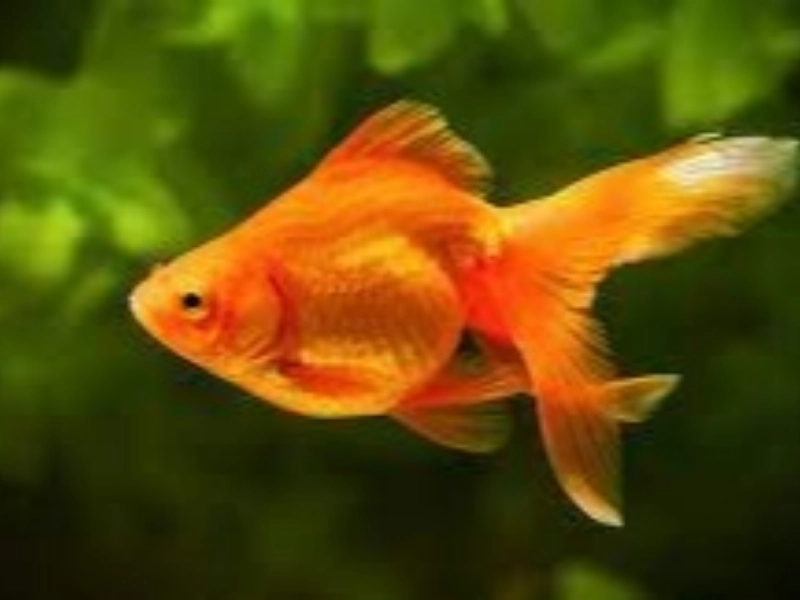
Because they are sociable animals, schools or shoals of goldfish will engage with one another. They can sense the water's natural currents and ripples, and they can also communicate by releasing chemicals from their skin. The vibrations from their fins can also be felt by them.
When it's time to spawn, a male will begin to acquire white spots on his gill covers and bony rays of the pectoral fins. Breeding tubercles serve as a female's cue that the male is prepared to fertilise her eggs.
Goldfish may be taught to perform simple tricks, such as pulling levers, in exchange for treats like food. They are also very routine-oriented. They possess a three-month memory span. Contrary to popular opinion, goldfish can remember information for considerably longer than three seconds.
Care
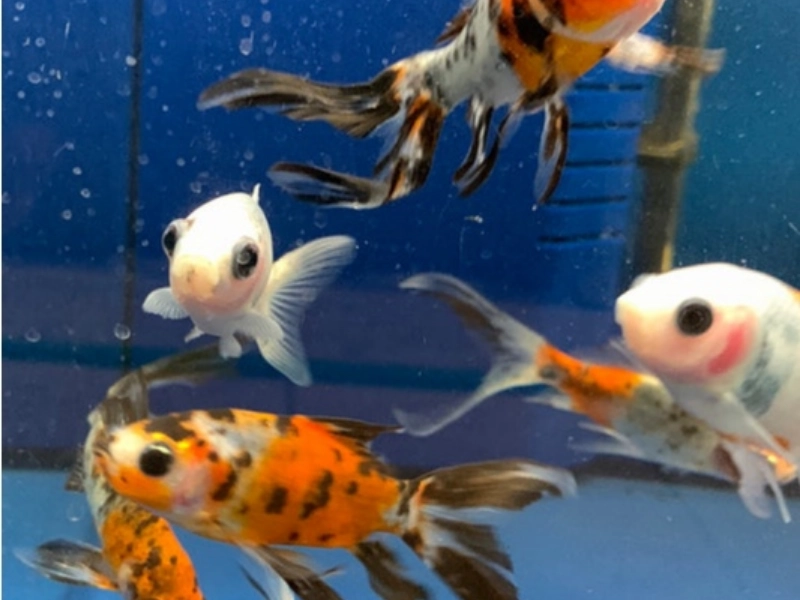
The ideal first fish is a goldfish because they are so simple to care for. They are offered as complete tank setups at a lot of pet retailers and online.
A tank with filtered, dechlorinated water is necessary for goldfish. Your goldfish will remain healthy as a result. Additionally, it will save them from inhaling the contaminants and minerals present in untreated tap water. You should use a testing kit to frequently check the water's PH and ammonia levels.
Goldfish are omnivores in the wild, eating water plants, frogs, newts, and fish eggs. Goldfish kept as pets can be fed frozen brine shrimp or bloodworms in addition to pellet fish food. Live meals are higher in protein and more similar to the diet your goldfish would have in the wild.






